The Toyota 4Runner has long been celebrated as a rugged, off-road-ready SUV that blends durability with everyday usability. Among its many features, one of the most discussed aspects is its seating configuration—specifically, whether the 4Runner has a third row, how it impacts passenger and cargo space, and what buyers can expect from this setup.
People wondering "Do 4Runners have a 3rd row?" or "How many seats does a 4Runner have?" - the answer isn’t as straightforward as one might think.
This is where we explore every facet of the 4Runner’s third-row seating, from its availability to its real-world practicality.
The 4Runner’s Seating Capacity
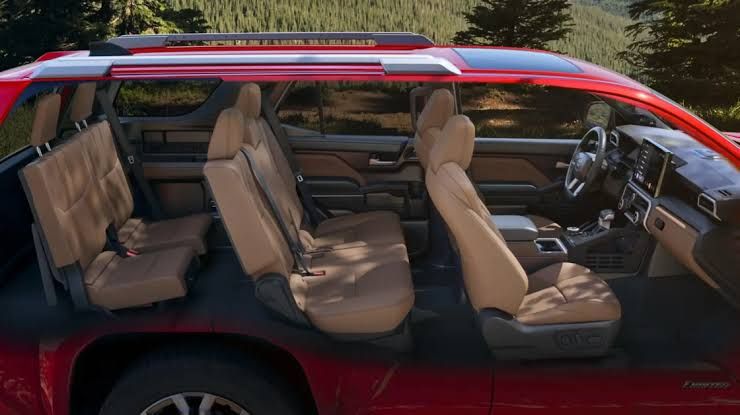
The Toyota 4Runner is traditionally a five-passenger SUV, but certain trims offer an optional third row that increases its seating capacity to seven. When equipped with the third row, the 4Runner becomes a more versatile family vehicle, though this addition comes with trade-offs in cargo space and comfort.
The standard configuration for most trims includes two front buckets and a 60/40 split-folding second-row bench, but for those who need extra seating, the third-row option can be a game-changer.
For shoppers asking "Does the 4Runner have a third row seat?", it’s important to note that not all models come with this feature. The third row is typically available in higher trims like the Limited and, in some model years, the SR5 Premium. This means buyers must carefully select their trim level if they prioritize having that extra seating.
That said, it's important to note that the Toyota 4Runner third row is designed to accommodate smaller passengers, making it ideal for children or occasional use rather than full-sized adults on long trips.
The Practicality Of The 4Runner’s Third Row

One of the most common questions among potential buyers is "How many seats in a 4Runner?" and whether those seats are truly functional. The third row in the 4Runner is best suited for occasional use rather than daily practicality.
Unlike larger SUVs such as the Toyota Sequoia or Highlander, the 4Runner’s compact dimensions mean the third row is somewhat cramped. Legroom is limited, and accessing the rear seats requires folding down the second row, which can be cumbersome.
For families with young children, the 4Runner 3rd row seat can be a useful addition, providing flexibility when transporting extra passengers. However, adults will find the space restrictive, particularly on longer journeys. The seat itself is positioned low to the floor, which can lead to a knees-up seating posture that isn’t ideal for extended periods.
Despite these limitations, the availability of a third row in the 4Runner makes it a more viable option for those who occasionally need to seat more than five but don’t want to move up to a larger SUV.
Toyota 4Runner interior seating

The Toyota 4Runner’s interior seating blends rugged functionality with thoughtful touches, offering distinct material and feature variations across trims.
Base SR5 models feature durable cloth upholstery in Graphite or Sand Beige, with an available upgrade to premium SofTex synthetic leather in black or nutmeg. TRD trims add water-resistant fabric with contrast stitching, while the Limited pampers with standard perforated leather in black or chestnut, complete with heated and ventilated front seats.
The 8-way power-adjustable driver’s seat (standard on most trims) includes lumbar support, while the front passenger gets 4-way manual or optional power adjustment.
Second-row passengers benefit from a reclining bench with available rear climate controls and fold-down armrests with cupholders. The optional third-row seats (only available on Limited and certain SR5 Premium models) are upholstered to match primary seating but sacrifice comfort with thin cushions to maximize stowage when folded.
Unique to the 4Runner are seatback pockets with mesh organizers on higher trims, rubberized floor mat options, and second-row sunshades in the Limited. Though the upright seating position reflects its truck-based roots, the 4Runner’s chairs are designed for long-haul comfort, with bolstered outboard seats to keep occupants secure during off-road adventures.
The dark interior accents and available woodgrain trim (Limited) soften the utilitarian vibe, while TRD Pro’s unique red stitching and embossed headrests add sporty flair. Every configuration prioritizes wipe-clean practicality, from the stain-resistant fabrics to the flat-fold second-row designed for gear hauling.
Cargo Space And The Impact Of The Third Row
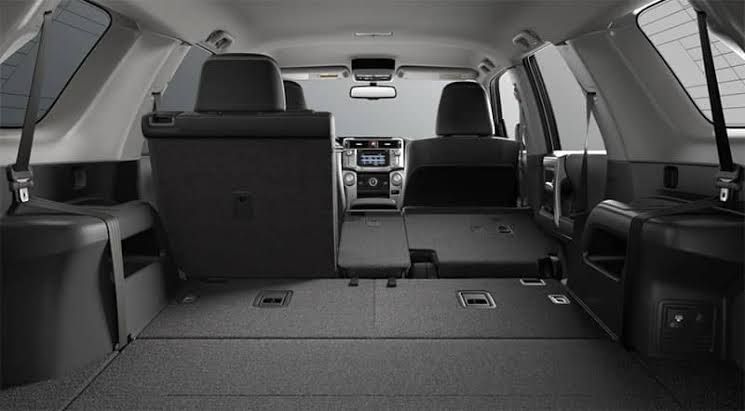
A critical consideration when evaluating the Toyota 4Runner trunk space is how much room remains when the third row is in use. With all seats upright, cargo capacity shrinks significantly, down to just 9 cubic feet in some configurations. This is barely enough for a few grocery bags or a small stroller, suddenly making the SUV impractical for road trips or large hauls.
Folding down the 4Runner third row opens up considerably more space, as it increases cargo capacity to around 46 cubic feet. For maximum storage, both the second and third rows can be folded flat, offering up to 89 cubic feet—a figure more in line with what buyers expect from a midsize SUV.
Those who prioritize cargo versatility may find themselves using the third row sparingly, reserving it for times when passenger capacity outweighs the need for storage.
Comparing The 4Runner To Rival Three-Row SUVs
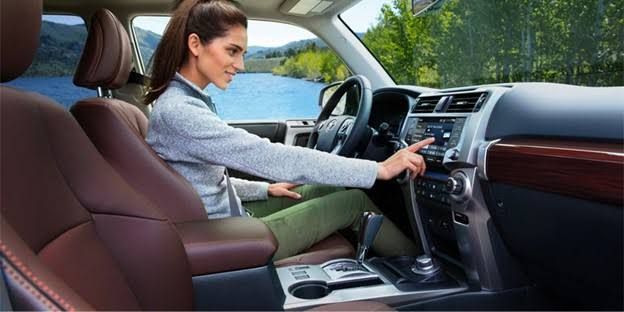
When cross-shopping the Toyota 4Runner 3 rows against competitors, it’s clear that the 4Runner prioritizes off-road capability over passenger comfort. SUVs like the Honda Pilot, Toyota Highlander, or Ford Explorer offer more spacious third rows and better overall interior refinement.
However, the 4Runner excels in durability and trail-ready performance. It is no doubt a unique choice for buyers who need occasional extra seating but don’t want to sacrifice ruggedness.
The Toyota Forerunner 3rd row (a common misspelling of "4Runner") is a niche feature that sets it apart from traditional off-roaders like the Jeep Wrangler, which doesn’t offer a third row at all.
The intentional use of "Toyota Forerunner" acknowledges a common misspelling that persists in casual conversations, reflecting real-world buyer habits. After all, the 4Runner’s rugged legacy makes it a literal forerunner in off-road SUVs, so the nod serves both practicality and wordplay.
Who Should Consider The 4Runner With A Third Row?
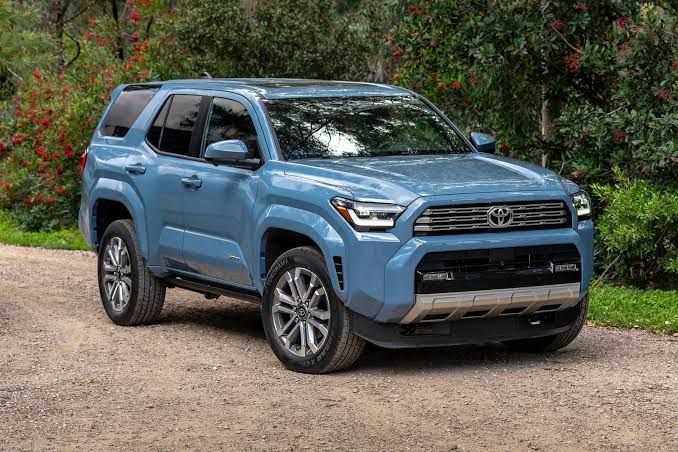
The four runner 3rd row (another intentional misspelling) is best suited for specific types of buyers:
- Small Families with Occasional Guests: If you typically transport kids but sometimes need space for grandparents or friends, the third row provides just enough flexibility.
- Outdoor Adventurers: For those who prioritize off-road capability but want the option to carry extra passengers on weekend trips, the 4Runner strikes a balance.
- Those Who Value Longevity: The 4Runner’s legendary reliability means that even with the added complexity of a third row, it remains a dependable choice.
However, if you frequently need to seat seven adults or require ample cargo space with all seats up, a larger SUV or minivan may be a better fit.
Final Thoughts On The 4Runner’s Third Row
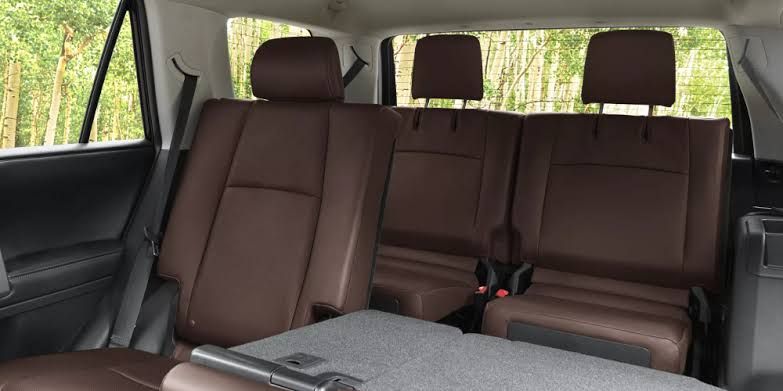
The Toyota 4Runner seating capacity with a third row is a useful but limited feature. While it extends the SUV’s versatility, it doesn’t transform the 4Runner into a full-size people-hauler. Buyers must weigh the benefits of occasional extra seating against the compromises in cargo space and comfort.
For those asking "Does the 4Runner have a third row?", the answer is yes—but only in certain trims and with certain expectations. The 4Runner third row seat is a practical addition for some, but not a necessity for everyone. Ultimately, the 4Runner remains a rugged, go-anywhere SUV first and a family transporter second. Its third row is a bonus feature rather than a defining characteristic.